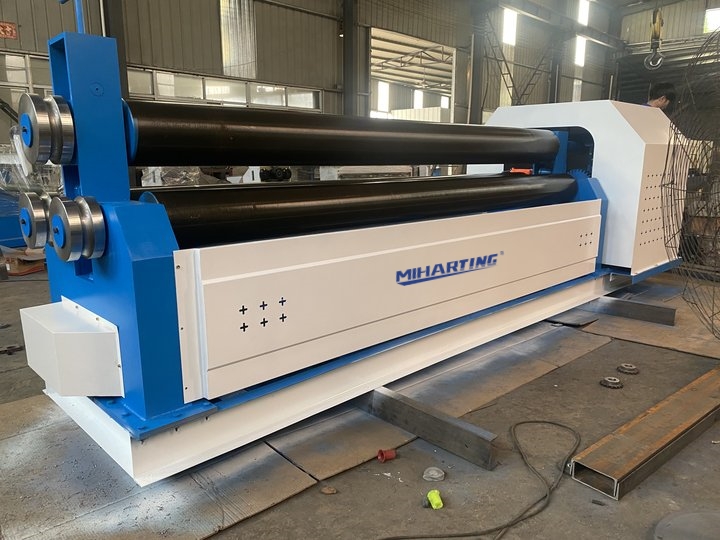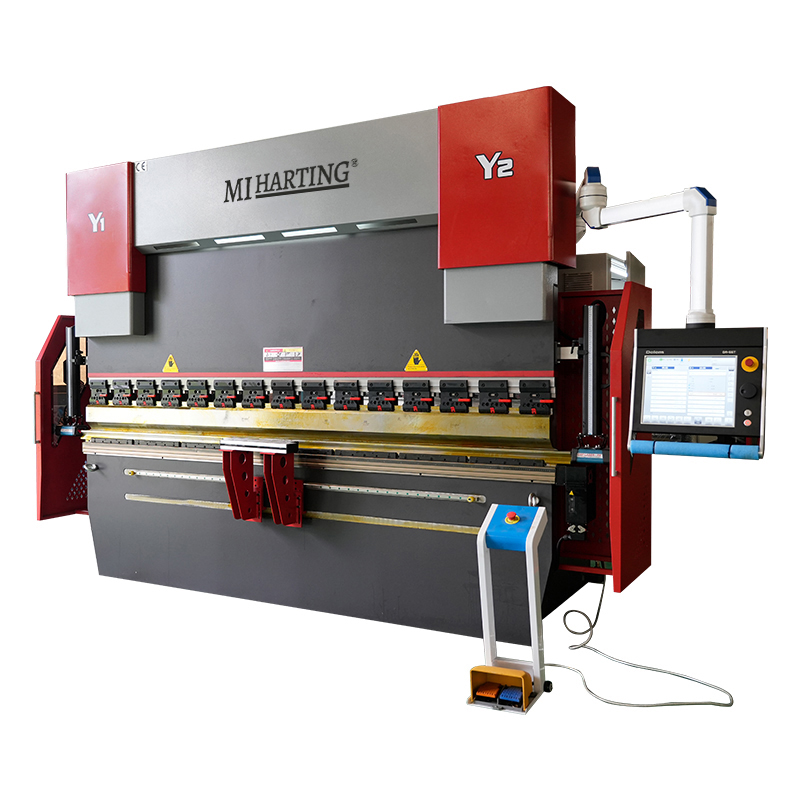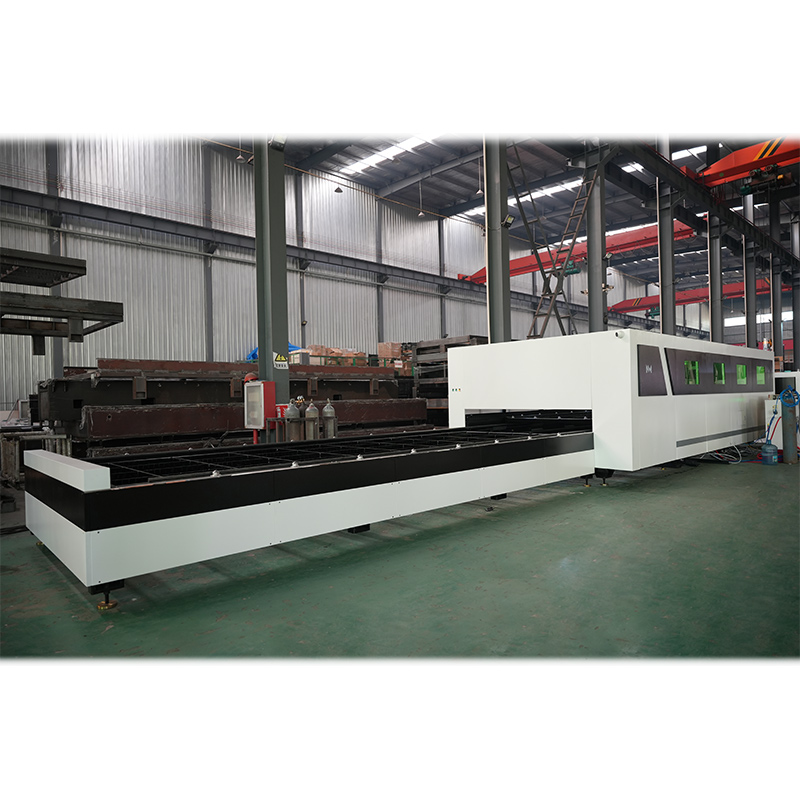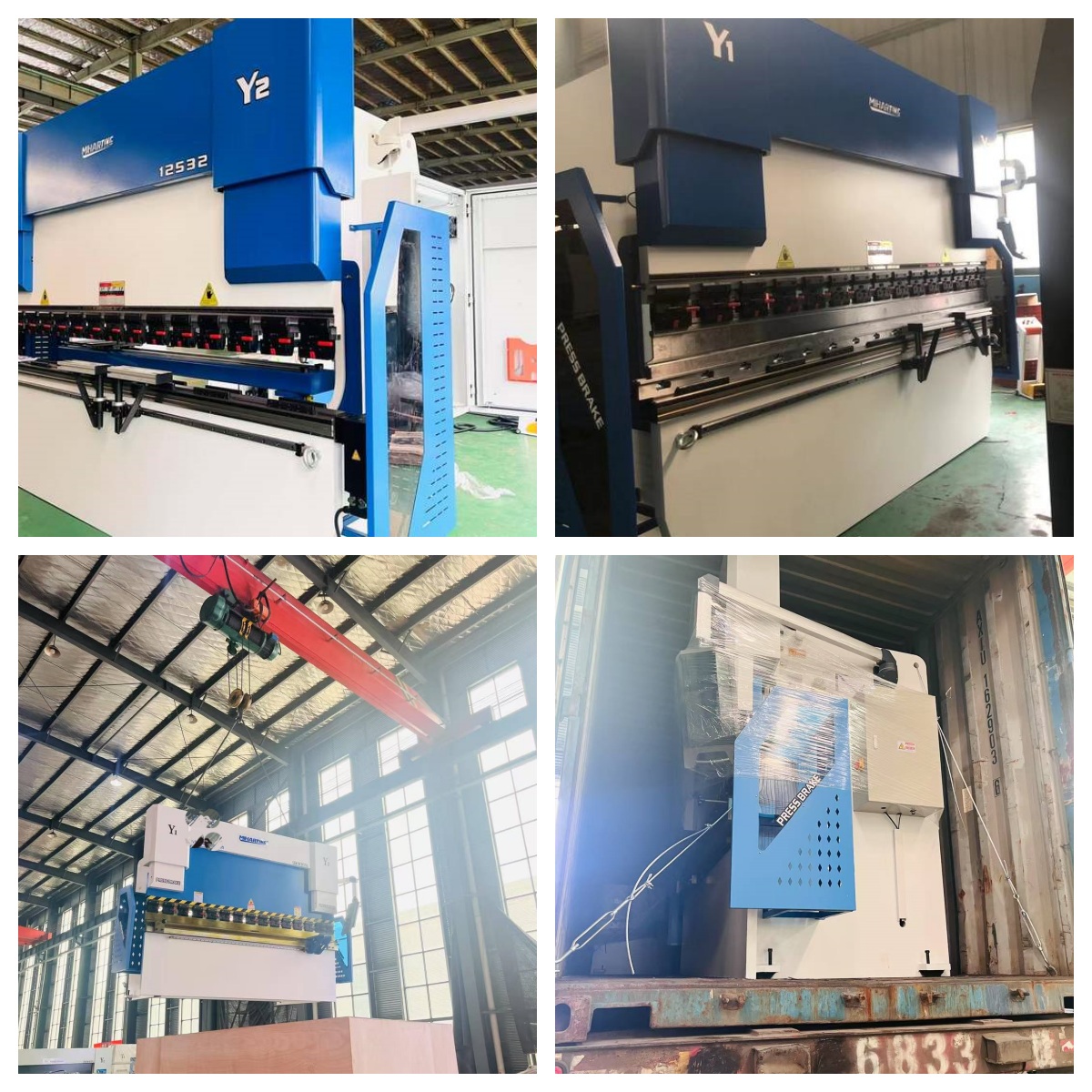Types of Press Brake Tooling
Press brake tooling are essential components in the sheet metal fabrication industry, enabling the precise bending and shaping of metal sheets. These tools come in a variety of types, each designed for specific applications and bending requirements. In this article, we will explore the different types of press brake tools and their uses.
1. V-Die and Punch:
V-Die and punch sets are the most common and versatile tools used in press brake operations. The V-Die features a V-shaped groove, while the punch is designed to match the groove. This combination allows for various bending angles and radii, making it ideal for a wide range of applications. V-Die and punch sets are used to create simple bends, U-bends, and channels, making them indispensable in sheet metal fabrication.
2. Gooseneck Punch:
Gooseneck punches have a unique curved shape that allows for deep and complex bending. These tools are particularly useful when fabricating parts with deep flanges or when creating intricate shapes that require a deeper penetration into the metal sheet. Gooseneck punches are commonly used for producing channels, brackets, and other components with sharp angles.
3. Hemming Tools:
Hemming tools are specifically designed for creating hems or folds in metal sheets. They are commonly used in the automotive industry to manufacture car body panels and doors. Hemming tools come in different profiles to produce various hemming sizes and shapes, ensuring a secure and aesthetically pleasing edge finish.
4. Radius Tooling:
Radius tooling includes punches and dies designed for creating rounded or curved bends. These tools are perfect for applications where sharp angles are not desired. Radius tooling is commonly used in the production of handrails, curved metal tubes, and decorative elements in architectural and ornamental metalwork.
5. Offset and Flattening Tools:
Offset and flattening tools are used to manipulate metal sheets by creating offset bends or flattening previously bent areas. These tools are valuable in cases where a mistake needs correction or when a specific part of the sheet requires flattening before further processing.
6. Specialty Tools:
In addition to the standard press brake tools mentioned above, there is a wide range of specialty tools available for specific applications. These tools may include box and pan brakes for creating complex enclosures, as well as tools for forming louvered openings, embossing, and corrugating metal sheets.
The choice of press brake tool depends on the particular job requirements, including the type of metal, its thickness, and the desired bend angle and radius. Skilled operators often combine various tools to achieve the desired results, demonstrating the versatility of press brake machinery in sheet metal fabrication.
Press Brake Tools Bending Method:
1. Air Bending: This is one of the most common bending methods. In air bending, the workpiece is bent to an angle greater than the die's inside angle without fully pressing the workpiece into the die. This allows for easier adjustment of the bending angle without the need to change the die.
2. Bottoming: In bottoming, the workpiece is fully pressed into the die to achieve precise bending angles and shapes. This method is suitable for applications that require very precise bending.
3. Coining: Coining is a method used for producing high-precision parts where the workpiece is bent and subjected to additional pressure to eliminate deformation in the bend.
4. Drape Forming: Drape forming is a method used for bending complex-shaped workpieces, often in aerospace and automotive industries. In drape forming, the workpiece is pressed into holes with specific shapes to achieve the desired curves.
5. Roll Bending: Roll bending is typically used for rolling and bending materials such as pipes and tubing. In this method, the workpiece is bent into the desired shape using a series of rolling rollers.






